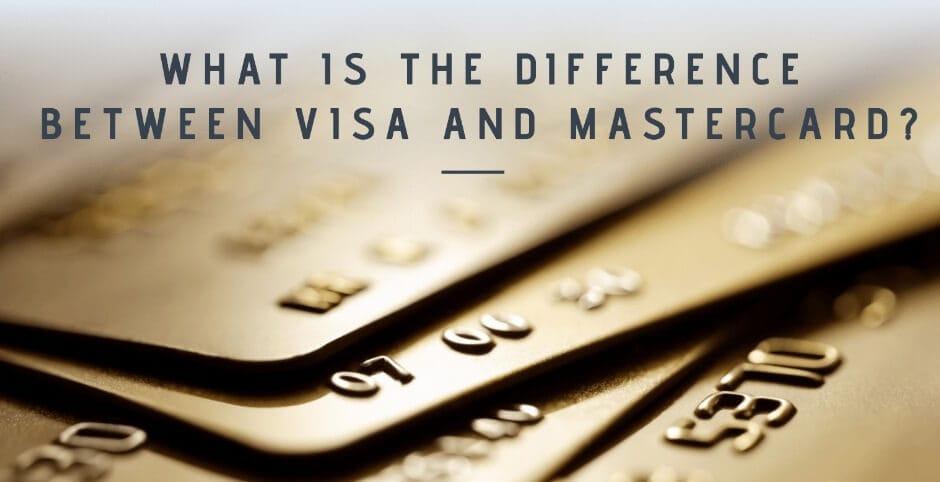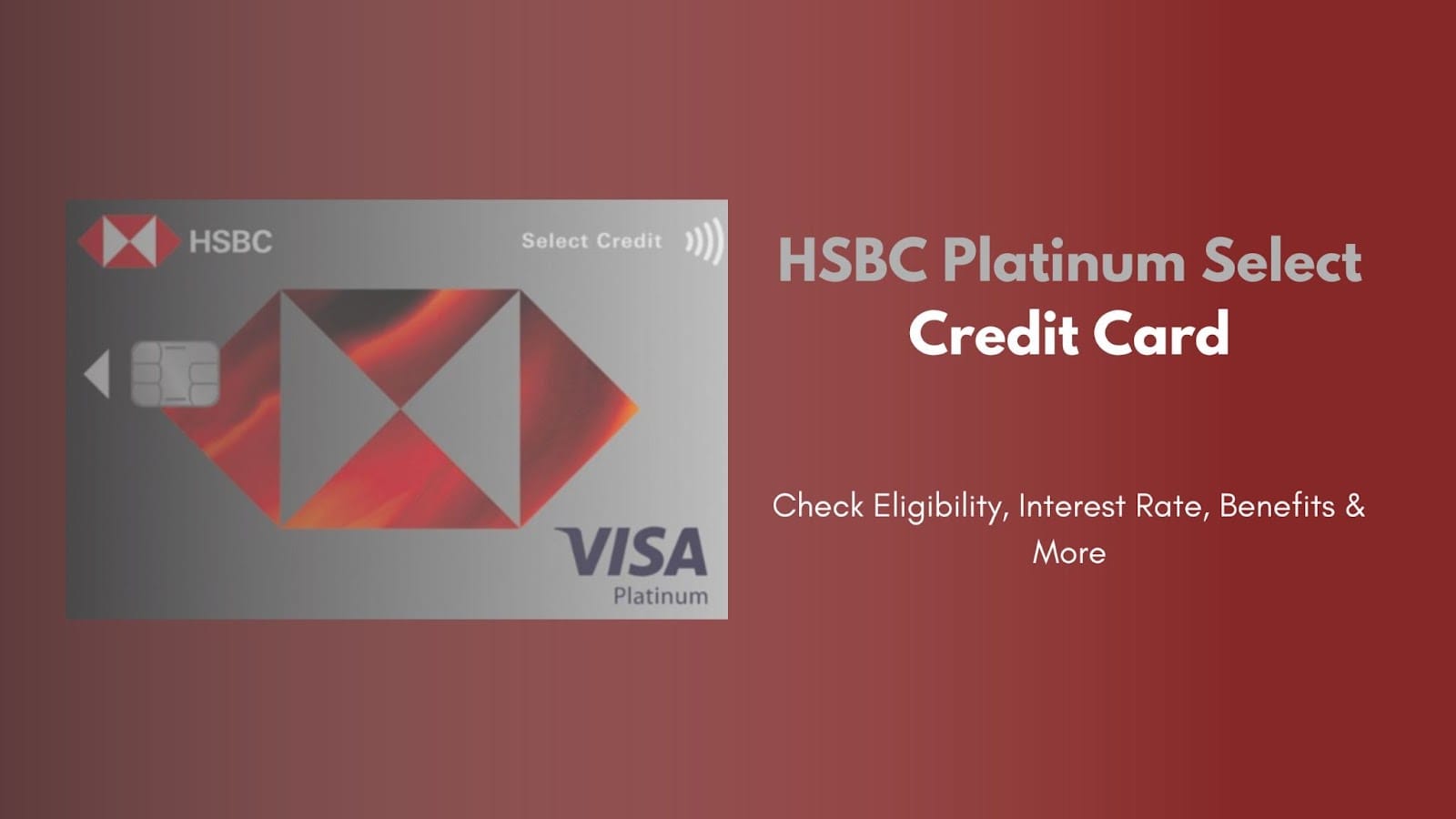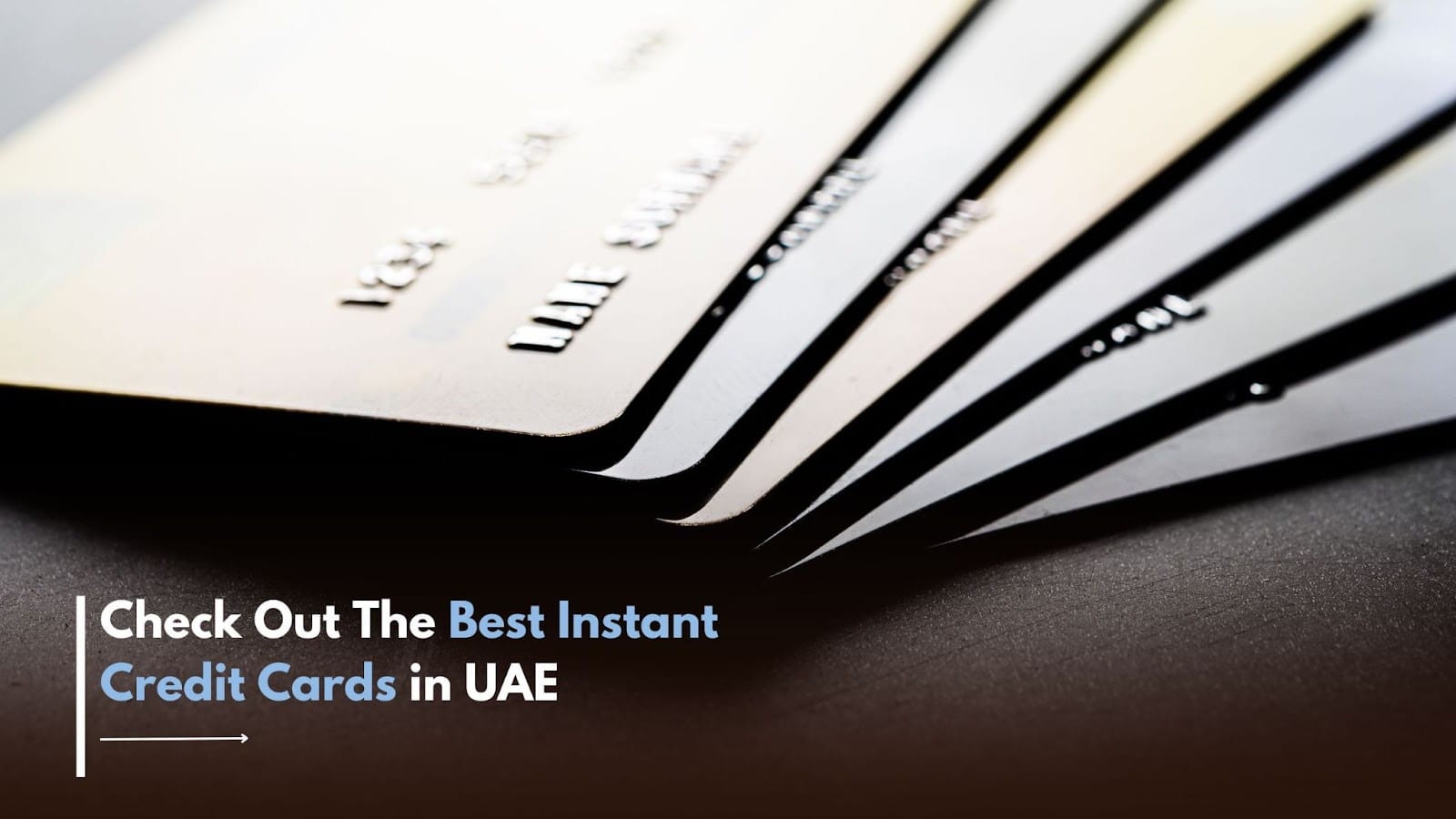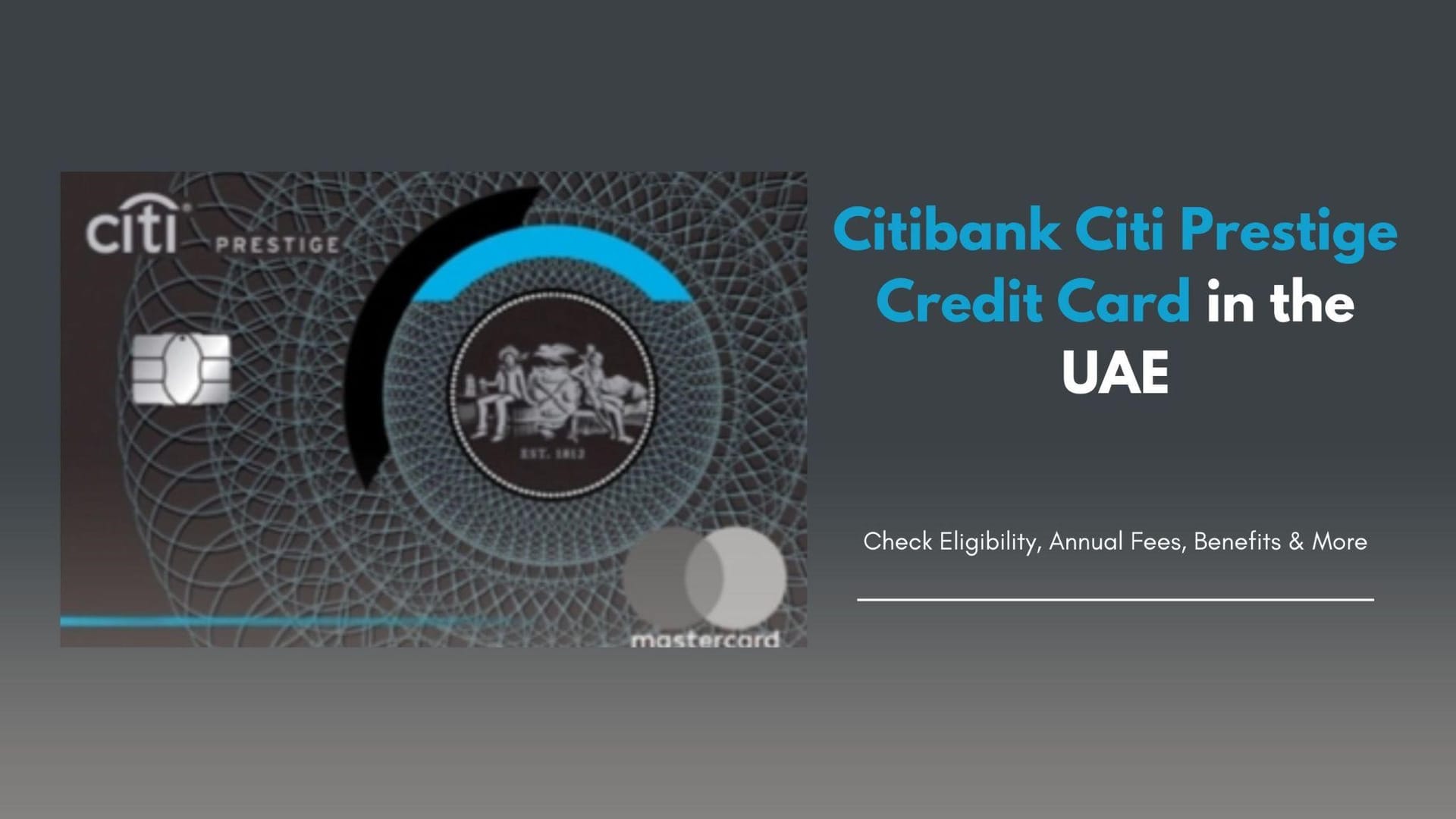In our modern world, where buying things online or using credit cards is the norm, payment networks like Visa and Mastercard play a big role. You’ve probably heard these names before, but have you ever wondered how they’re different from each other?
In this blog post, we’re going to take a closer look at Visa and Mastercard and uncover what sets them apart. Whether you’re someone interested in money matters or just want to know more about how we pay for things, join us on this journey to understand the differences between Visa and Mastercard.
Let’s continue, shall we?

What is a Visa Card?
A Visa card is a payment card that uses the Visa network to process transactions. Visa Inc. is the company that licenses the Visa brand and technology to financial institutions around the world. These financial institutions, such as banks and credit unions, issue Visa-branded credit cards, debit cards, prepaid cards, and gift cards to their customers.
Visa has one of the largest payment networks in the world. The most common types of Visa cards are credit cards, debit cards, prepaid cards, and gift cards. Each type of card has different features and benefits.
What is a Mastercard?
A Mastercard, similar to a Visa card, is a type of payment card that utilises the Mastercard network for processing transactions. Mastercard Inc., like Visa, doesn’t directly issue cards to consumers.
Instead, they license their brand and technology to financial institutions, mainly banks and credit unions, across the globe. These institutions then issue Mastercard-branded credit cards, debit cards, prepaid cards, and even gift cards to their customers.
Visa and Mastercard are Not Banks
First, it’s important to know that neither Visa nor Mastercard issues credit cards. Instead, they act as large networks that connect different parties involved in payment, such as cardholders, merchants, and banks.
Think of them as the highways that allow financial information to travel quickly and securely between these parties.
Similarities between Visa and Mastercard
Despite their different names, Visa and Mastercard have a lot in common. Both networks are widely accepted by millions of merchants all over the world. This means that no matter where you go, you can use a card from either company to make payments.
Additionally, both Visa and Mastercard offer various services, including debit cards, credit cards, and prepaid cards. They also protect against fraud and have mechanisms to resolve disputes, ensuring that your transactions are safe and reliable.

Mastercard vs Visa: What are the Differences?
Let’s take a closer look at the subtle differences between Visa and Mastercard that go beyond their core similarities:
Fee Structures
When it comes to fees, there are slight variations between Visa and Mastercard. Visa charges fees for processing each transaction’s data. On the other hand, Mastercard imposes connectivity fees on the banks that issue their cards.
It’s important to note, however, that these differences in fee structures usually don’t have a direct impact on the costs borne by cardholders themselves. The fees are typically negotiated between the payment networks and the banks.
Card Tiers
Both Visa and Mastercard offer different tiers or categories of cards, such as Standard, Signature, or Infinite. Each tier comes with varying benefits and rewards programs. However, it’s worth mentioning that the specific perks and fees associated with these card tiers are determined by the issuing bank, not the payment network itself.
This means that while Visa and Mastercard provide the framework for the card tiers, the banks decide the specific features and rewards that accompany each tier.
- Visa: Traditional, Signature, Infinite
- Mastercard: Standard, World Mastercard, World Elite Mastercard
Network-Specific Programs
In addition to their core services, both Visa and Mastercard have their own unique programs and offerings.
For example, Visa offers programs that provide access to airport lounges and protection for purchases made with their cards. These programs enhance the cardholder’s experience and provide additional benefits beyond the basic payment functionality.
On the other hand, Mastercard focuses more on travel and entertainment benefits, offering perks that cater specifically to those areas.
Market Share
Visa is usually more popular than Mastercard and has a bigger share of the market. This is because Visa got started in the payment industry earlier and is a well-known brand. Visa’s network is accepted in over 200 countries, which has helped it become a dominant player. Many businesses and banks have been working with Visa for a long time, which makes it even stronger.
However, in some places, Mastercard may be more popular or accepted by more merchants than Visa. This can depend on things like the relationships they have built in those regions, the rules set by the local government, and what people in that area prefer. So, it’s not always the same everywhere.
Transaction Processing
Mastercard and Visa work similarly when it comes to processing transactions. They have systems in place to make sure that payments between different parties, like stores, banks, and people with cards, happen smoothly.
Let’s say you use a Mastercard or Visa card to buy something. The transaction starts with a process called authorisation. The store sends a request to the bank that issued your card, asking if the purchase is okay. The bank checks if you have enough money or credit available for the purchase. If everything is good, they give the green light.
After authorisation, the transaction goes into the clearing stage. This is when the money is transferred from your account to the store’s account. Finally, there’s the settlement process. This is when the money between the store’s bank and your bank is sorted out and finalised.
Both Mastercard and Visa use strong security measures to protect transactions from fraud.

Which is Better, Mastercard or Visa?
There’s no definitive answer to “which is better,” Mastercard or Visa, as it depends entirely on your individual circumstances and priorities. Both networks offer widespread acceptance, robust security features, and a diverse range of cards with various benefits and rewards programs.
Deciding between them hinges on factors like:
Types of Cards You Need
- Basic features: Both Visa and Mastercard offer standard credit, debit, prepaid, and gift cards with similar basic functionalities. Choosing wouldn’t make a significant difference here.
- Premium benefits: If you seek high-end perks like airport lounge access, travel insurance, or exclusive purchase protection, compare specific offerings on World Mastercard and Visa Signature/Infinite cards.
Rewards Programs
- Travel rewards: Visa tends to offer more travel-focused programs, while Mastercard caters to diverse categories like dining, entertainment, and shopping. Analyse which aligns better with your spending habits.
- Cash back rewards: Both networks offer cards with cash back on specific categories or general purchases. Compare rates and earning structures to see which maximises your return.
Merchant Acceptance
- Global: Both networks boast near-universal acceptance, so unless you frequently visit niche merchants with limited card options, this won’t be a major deciding factor.
- Local preferences: In rare cases, certain regions or merchants might favour one network over the other. Do some research to see if you anticipate using your card in specific locations.
The Bottom Line: Focus on Card Features, not Network
Ultimately, when choosing a card, prioritise features and benefits that align with your spending habits and financial goals. Interest rates, rewards programs, annual fees, and credit limits should be your primary considerations. Visa or Mastercard? The network itself matters less than the specific card you choose.
FAQs
How do I know if my card number is Visa or Mastercard?
The easiest way to identify whether your card is a Visa or Mastercard is to look at the first digit of your card number:
- Visa: If the first digit is 4, your card is a Visa card.
- Mastercard: If the first digit is 2 or 5, your card is a Mastercard card.
Here are some other ways to tell the difference:
- Logo: Most cards prominently display the Visa or Mastercard logo on the front of the card.
- Card network name: The card network name (Visa or Mastercard) is usually printed on the back of the card near the magnetic strip or chip.
- Online banking or app: You can typically find information about your card type within your online banking platform or mobile app.
Is every Mastercard a credit card by default?
No, a Mastercard can function as either a credit card or a debit card. Mastercard serves as a payment network that accommodates various card types, including both credit and debit cards. Its primary role involves managing transaction processing across the network.
Is Mastercard more secure than Visa?
Both Mastercard and Visa provide similar levels of security for their cardholders. Both networks offer zero fraud liability, meaning users are not held responsible for any lost funds resulting from fraud, theft, or data breaches.
What makes Visa more favoured than Mastercard?
One notable distinction between Visa and Mastercard lies in Visa’s dominant position in the global credit market. Visa outperforms Mastercard by processing significantly more annual payments, with Visa consistently generating higher revenue figures.
Is it possible to use Mastercard for international transactions?
Visa and Mastercard are widely accepted credit card issuers on a global scale. Although American Express and Discover cards can be useful, it is advisable to have a backup Visa or Mastercard with you as well, just in case.







